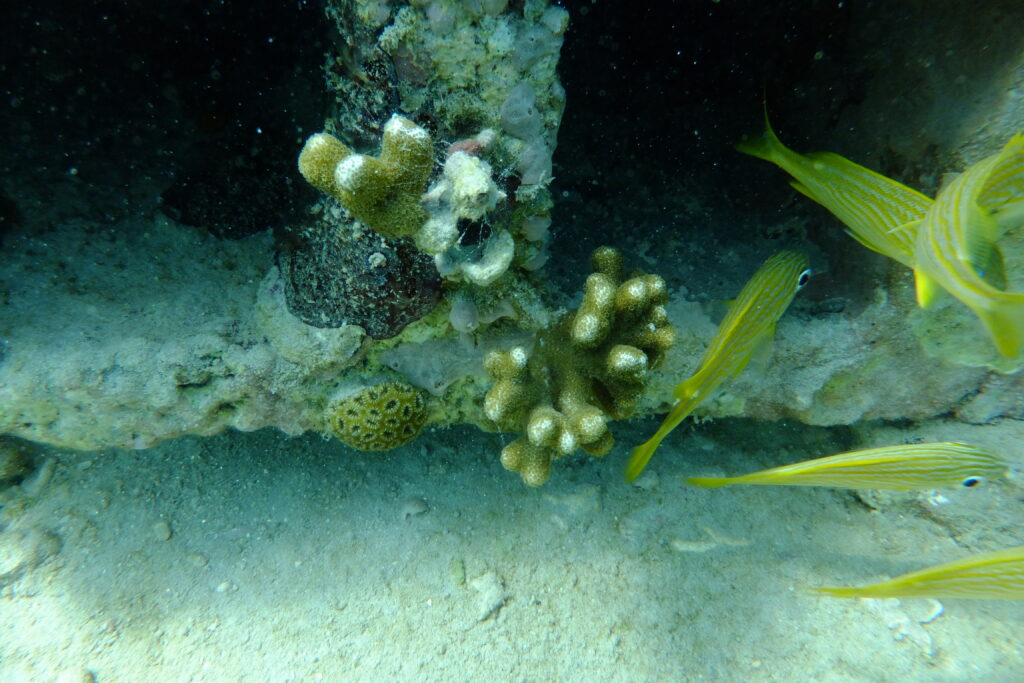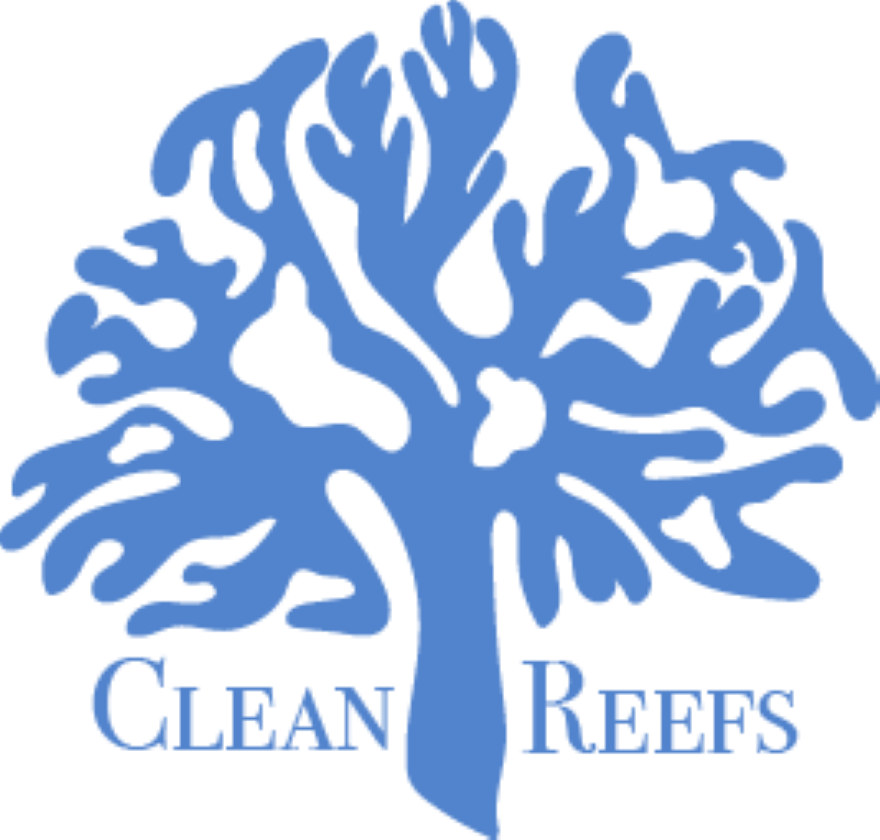
An initial growth of algae and colourful encrusting sponge was soon followed by a varied range of invertebrates. These included feather duster worms, lobster, crab and urchins. Excitement developed as we started to see a range of juvenile fish including squirrel fish, goat fish, grunts and scorpionfish.

At 12 months we were seeing an outstanding transformation from lifeless concrete blocks to a buzzing diverse community of marine life.

The first stony and brain corals (the real building blocks of a coral reef) were seen at 18 months.

Each subsequent year more pyramids have been added to increase biomass. GARP is becoming a balanced ecosystem, home to over 30 species of fish, 14 different kinds of corals and many of the invertebrates and algae you would find on a naturally occurring reef.
To date, 3 scientific surveys have been conducted by the Marine Biologists at St. George's University. Data very much supports the project being a successful means to ecologically benefit the area.

Clean Reefs is a non-profit fighting for all ocean and marine life. To take action, they start with the core of all marine homes - coral reefs. By partnering with existing non-profits and organisations, their purpose is to gather information on existing coral health specific locations.

